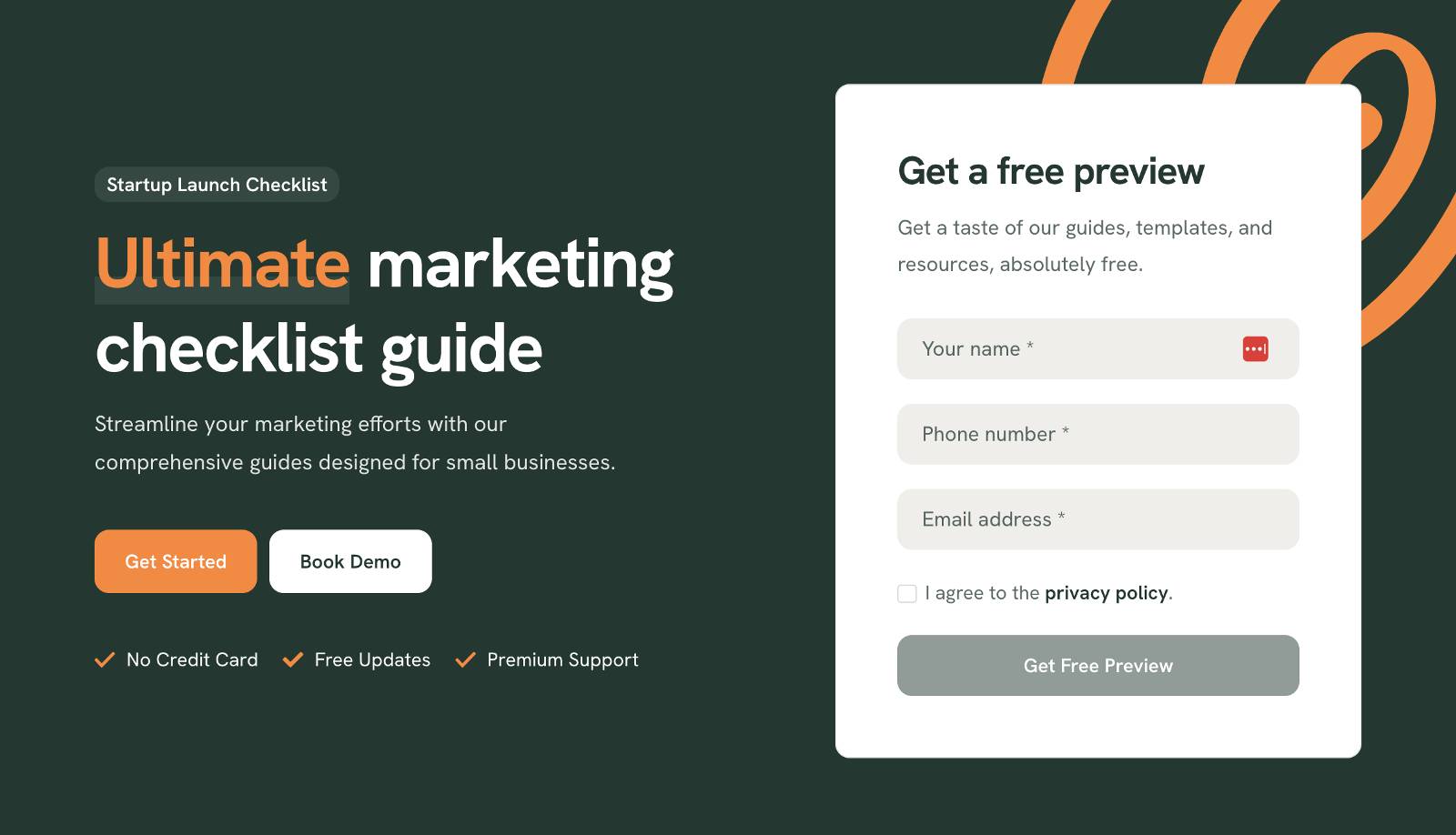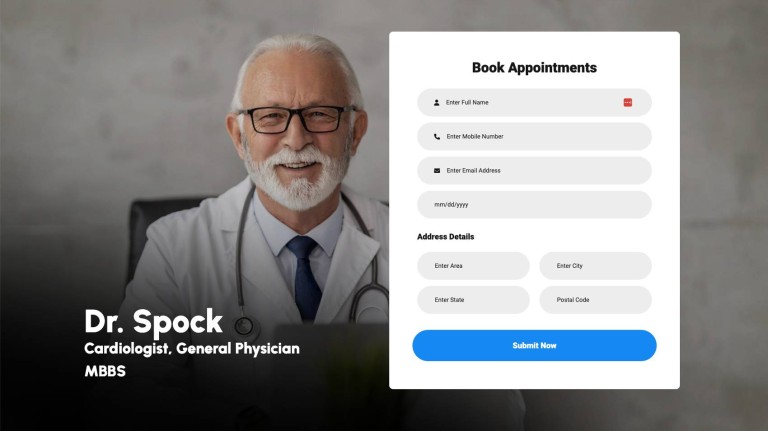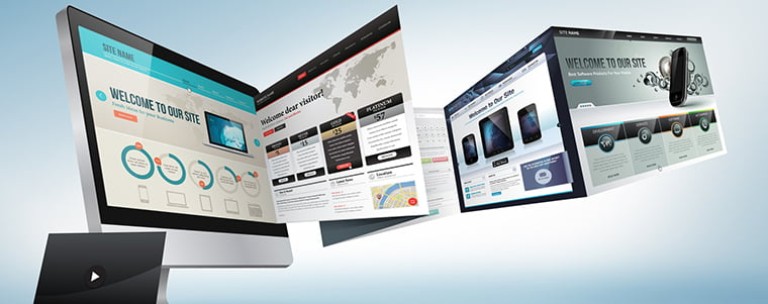Integrating 3rd party marketing apps with your website should be a strategic decision aimed at leveraging the strengths of each to enhance your digital marketing efforts.
From complex platforms like HubSpot to nimble, streamlined tools like MailChimp, third-party marketing applications excel in peripheral marketing activities such as contact management, email automation, and providing analytics.
However, your website is unparalleled when it comes to hosting the lead gen tools themselves: landing pages, webforms, pop-ups, etc. Here's how to combine these tools effectively for optimal lead generation and conversion rate optimization (CRO).
Leveraging Marketing Apps for Their Core Strengths
Contact Management: Efficiently organize and track customer interactions.
Email Automation: Engage your audience with targeted, timely messages.
Analytics: Gain insights into campaign performance and user behavior to inform strategy adjustments.
These functionalities are crucial for nurturing leads and understanding your audience's needs and behaviors.
Why Your Website Leads in Hosting Lead Gen Tools
Your website outshines marketing apps in several key areas, crucial for efficiency, maintaining a cohesive brand identity and optimizing user experience.

Advanced Customization and Brand Consistency
Unlike the basic, often generic offerings from marketing apps - think a one-size-fits-all contact form, that clearly looks like a spare part just tacked on - your website can provide highly customized landing pages, webforms, and pop-ups that maintain brand consistency and engage visitors more effectively. Native lead gen tools almost always outshine 3rd party iFrames on every meaningful metric, especially conversion rate optimization.
Seamless Integration
Integrating these tools directly into your website architecture ensures a fluid user experience, guiding visitors smoothly towards conversion without the disjointed transitions often caused by third-party app integrations. Hidden scrollers, random break-points, bad mobile / tablet experiences, multi-browser incompatibility, time-outs and slow-downs are just a few of the glitches frequently caused by 3rd party apps that will skyrocket bounce rates.
Enhanced Analytics
Directly managing these tools on your website allows for deeper insights through advanced analytics platforms, such as Google Analytics, offering the ultimate, comprehensive data collection without the limitations of third-party intermediaries (who often leverage Google Analytics regardless, and charge 10x for it).
It empowers businesses to conduct their own detailed analyses and tests, bypassing generic insights for tailored strategies that directly respond to unique customer interactions, and as a bonus, this strategy allows you to "test the testers," as it were. You're not limited to accepting the data and insights provided by third-party tools at face value.
Lower Long-Term Costs
Investing in integrating lead generation tools directly on your website, though potentially higher upfront, results in lower long-term costs compared to the ongoing subscription or hosting fees associated with third-party marketing apps. By hosting these tools yourself, you eliminate the need to pay for external platforms to manage your landing pages, webforms, and pop-ups. Moreover, this investment grants you full ownership and control over these tools, allowing for customization and adjustments without additional costs or restrictions.
This approach not only optimizes financial resources over time but also ensures that you are not dependent on the pricing models or terms of service changes of third-party providers.
The Unified Strategy
Integration Is Key
Use APIs or plugins to ensure that data flows seamlessly between your marketing apps and your website, avoiding the pitfall of third-party marketing applications transforming into a de facto "new website" by upselling their lead generation tools at the expense of your established ecosystem. This allows for the automation of lead capture and immediate engagement through your marketing apps while maintaining a cohesive and optimized user experience on your website.
Optimize Each Tool's Role
Utilize the analytics from both your marketing apps and website to continuously refine your approach. This dual-source feedback loop ensures your strategies are always informed by the latest data.
Strategic Integration: The Path to Digital Marketing Mastery
By strategically integrating marketing apps with your website, you capitalize on the unique advantages of each.
Marketing apps provide powerful backend support, automating engagement and offering insights, while your website excels in creating a customized, seamless front-end experience that captures and converts leads more effectively.
This balanced approach not only optimizes your resources but also ensures a cohesive and engaging digital presence that drives growth and enhances customer experience, all while keeping an eye on long-term cost efficiency and operational sovereignty.



